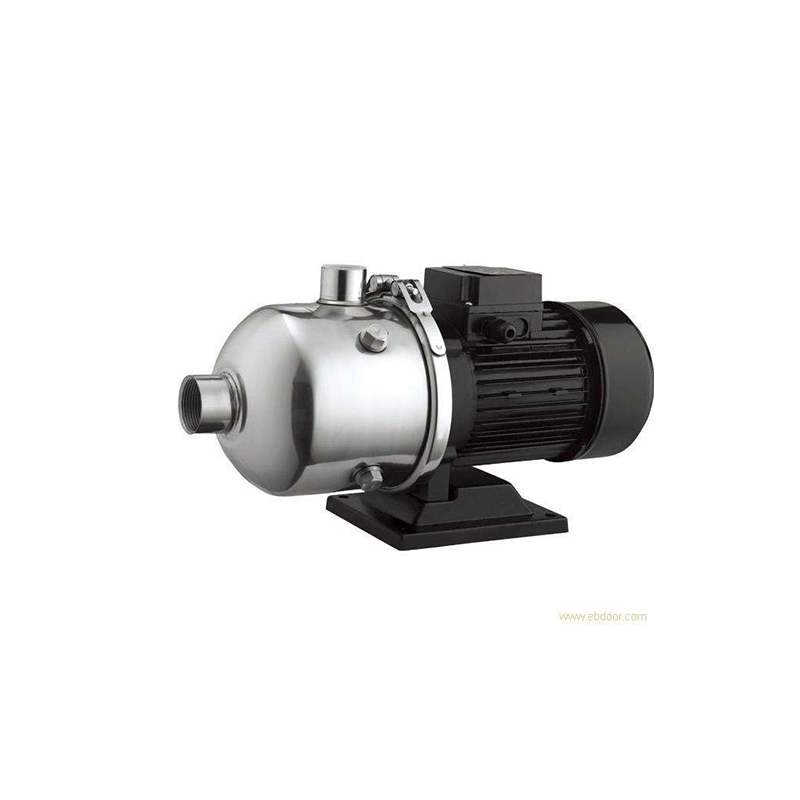NewsNEWS
Featured products
Contact Us
Submersible Pump Advantages and Disadvantages
2025-06-08Submersible Pump Advantages and Disadvantages: Your Complete Guide
Understanding submersible pump advantages and disadvantages is crucial when selecting the right pump for water supply, drainage, or industrial applications. These pumps operate fully submerged in the fluid they handle. This unique design brings significant benefits but also some drawbacks. This article dives deep into the key submersible pump advantages and disadvantages to help you make an informed decision. We’ll explore why they are popular and where they might not be the best fit.
Core Submersible Pump Advantages
-
Exceptional Efficiency: One major submersible pump advantage is high efficiency. Being submerged eliminates suction lift problems common with jet pumps. The pump uses the surrounding fluid pressure to push water into its intake. This significantly reduces the energy needed to move water. Submersible pumps often translate to lower electricity bills.
-
Quiet Operation: Another key submersible pump advantage is quietness. Because they are underwater, the fluid itself acts as a sound insulator. The motor noise is muffled. This makes submersible pumps ideal for residential areas, basements, or anywhere noise pollution is a concern. You won’t hear the typical pump hum.
-
Priming Not Required: Submersible pumps are inherently primed. They sit directly in the fluid they need to pump. This eliminates the frustrating and time-consuming priming process required by many surface pumps. This advantage ensures quick start-up and reliable operation.
-
Reduced Cavitation Risk: Cavitation damages pump impellers. It happens when vapor bubbles form and collapse violently. The submerged position keeps the pump intake under positive pressure. This environment greatly minimizes the risk of cavitation. This is a vital submersible pump advantage for longevity.
-
Space Saving and Protection: Surface pumps require dedicated, dry installation space. Submersible pumps operate within the fluid source itself. Think wells, sumps, or tanks. This saves valuable floor or surface space. Being submerged also protects the motor from external elements. Dust, dirt, and weather pose less threat.
-
Handling Solids and Versatility: Many submersible pumps, especially sewage or drainage models, handle solids well. They can move water containing sand, small debris, or sludge. This versatility is a significant submersible pump advantage. Applications range from clean water wells to wastewater management.
-
Suitable for Deep Wells: Submersible pumps excel in deep well applications. They can be lowered hundreds of feet into boreholes. Surface pumps struggle with such depths due to suction limitations. This deep lift capability is a defining advantage for groundwater extraction.

Key Submersible Pump Disadvantages
-
Access Difficulties for Maintenance: A primary submersible pump disadvantage is access for repair or maintenance. Retrieving the pump from deep wells, sumps, or tanks is necessary. This process can be labor-intensive and costly. It often requires specialized equipment or professional help.
-
Seal Vulnerability: The pump relies on mechanical seals to prevent fluid entering the motor housing. If these seals fail, water damages the motor. Seal failure is a common cause of submersible pump breakdown. Contaminated or abrasive fluids increase this disadvantage risk.
-
Higher Initial Cost: Generally, submersible pumps have a higher upfront purchase cost than comparable surface pumps. The motor design and sealing requirements contribute to this. While efficiency savings may offset this long-term, the initial investment is a notable disadvantage.
-
Corrosion and Chemical Compatibility: Constant immersion exposes the pump to the pumped fluid. Corrosive liquids (saltwater, chemicals) or abrasive fluids (sandy water) can damage pump components. Selecting materials resistant to the specific fluid is critical. This adds complexity and potential cost.
-
Cable Management Challenges: Powering the pump requires a long, waterproof electrical cable running to the surface. Protecting this cable from damage during installation and operation is vital. Cable faults are a potential failure point and a submersible pump disadvantage.
-
Limited to Submerged Use: This might seem obvious, but it’s a key disadvantage. Submersible pumps must operate submerged. They cannot run dry without catastrophic damage. Dry running protection sensors are essential but add cost. They aren’t suitable for suction lift applications.
Weighing the Submersible Pump Advantages and Disadvantages
Choosing a pump requires balancing these factors. Consider your specific needs:
-
Depth: For deep wells (>25 feet), submersible pump advantages (priming, efficiency) usually outweigh the disadvantages.
-
Noise Sensitivity: In quiet environments, the noise advantage is significant.
-
Fluid Type: Handling solids or corrosive fluids? Select specialized submersible pumps designed for it.
-
Maintenance Access: Can you easily retrieve the pump? If access is very difficult, the maintenance disadvantage becomes critical.
-
Budget: Factor in both initial cost and long-term energy savings.
Conclusion: Making the Informed Choice
Understanding the full spectrum of submersible pump advantages and disadvantages is essential. Their advantages – efficiency, quiet operation, no priming, space-saving, deep well capability, and solids handling – make them incredibly popular. They are often the best solution for wells, sumps, fountains, and many industrial jobs.
However, the disadvantages – access challenges, seal vulnerability, higher initial cost, corrosion risks, cable issues, and dry-run limitations – cannot be ignored. These submersible pump disadvantages mean they aren’t ideal for every situation.
Ultimately, the decision hinges on your application’s specific requirements. Carefully weigh the submersible pump advantages and disadvantages against your fluid type, depth, noise needs, access possibilities, and budget. When the advantages align with your needs, a submersible pump offers reliable, efficient, and quiet performance. Acknowledging the potential disadvantages helps ensure proper selection, installation, and maintenance for long-lasting service. Knowing both sides of submersible pump advantages and disadvantages empowers you to choose wisely.





